American Airlines has filed suit against the City of Chicago over their plans to take gates away from the airline at O’Hare airport and give more gates to United.
Here’s The Scenario
Filed Friday, the lawsuit stems from a 2018 truce after United and the city agreed to a plan that would give the hometown carrier room to grow at the expense of American. United and American signed a 15-year lease that supported terminal redevelopment and paused any shift in “preferential” gates until a Gate‑Space Ramp‑up Period had run its course.
American says the clock on that period did not begin until the last three “L‑Stinger” gates in Terminal 3 opened on 14 March 2025; therefore, no redetermination can start before April 2027. By launching a review this winter the city, the suit claims, “deprives American of its opportunity to earn its fair share of gates” and violates the agreement.
They allege that the city is helping United in its plan to squeeze American out. And it probably is! United is based in Chicago and there’s a huge political push behind keeping them from moving their headquarters to Denver.
United is set to gain six gates while American gives up most of Concourse G (up to nine regional jet spots) and receives back the three just‑opened L concourse stinger gates. That could mean a loss of as many as six gates (four for larger planes).
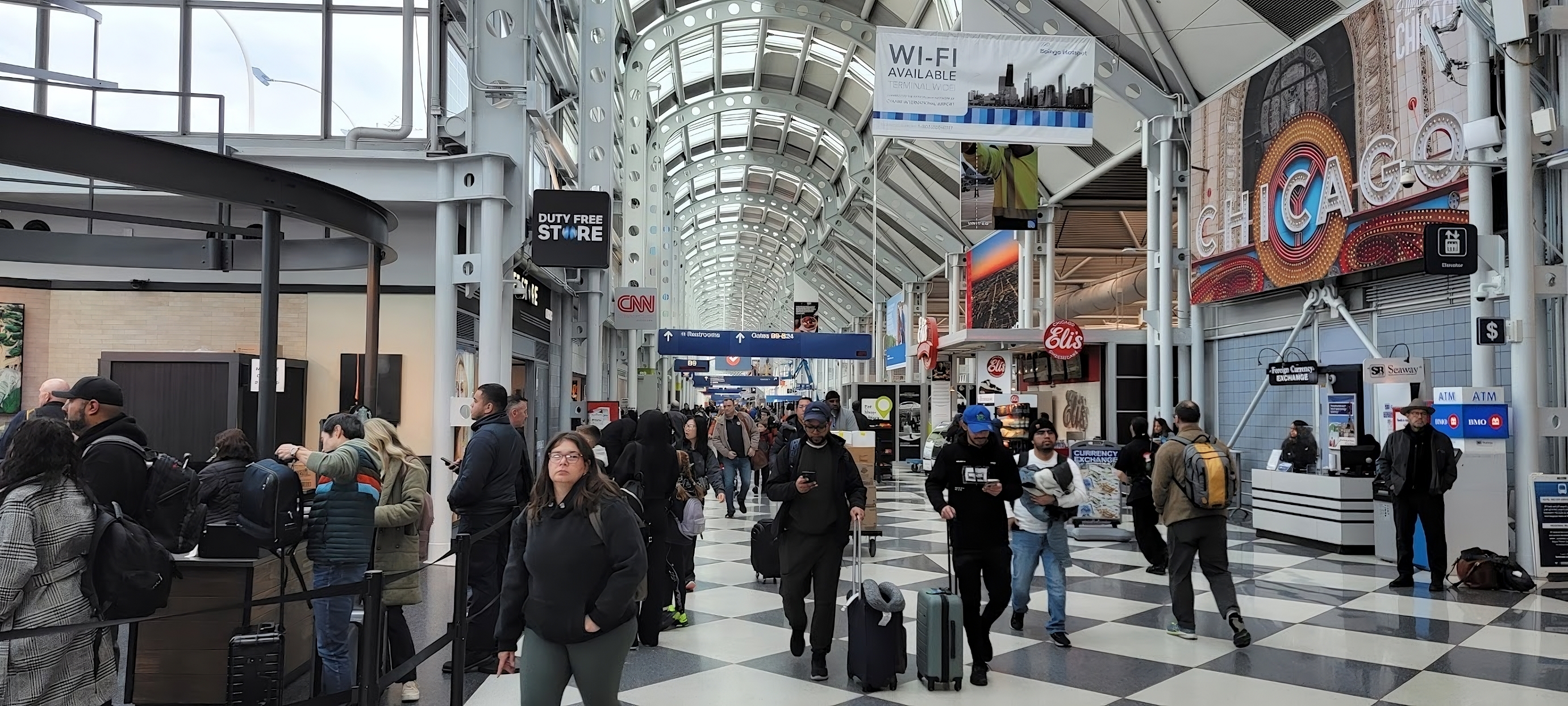
United Airlines, Chicago O’Hare
According to an American Airlines spokesperson,
American Airlines has a long history of serving Chicago at O’Hare International Airport and we’re proud of the critical role we play in connecting Chicagoans to our global network and bringing millions of tourists from across the world to the region for business and leisure — all of which keeps the local economy thriving and positions Chicago at the forefront of the world for major events and conventions.
American is committed to keeping O’Hare competitive, as our presence yields more extensive flight schedules and lower fares for our Chicagoland customers and travelers from across the world. That’s why we’re taking action against the Chicago Department of Aviation’s (CDA) premature trigger of the reallocation of gates at O’Hare — the timing is not only a violation of the agreement signed in 2018, but it unfairly upsets the competitive balance at O’Hare by making it more difficult for us to grow.
This action represents our dedication to Chicago — our local customers, ORD team members and the Chicagoland communities we serve. It means we’re enforcing the agreement that we made in 2018 so that we can better serve Chicago. We are asking the CDA to do the same to ensure the balance of the only dual-hub in the nation remains intact and Chicagoans continue to benefit from competition.
We are steadfast in our commitment to Chicago, as evidenced by our recent expansion that added 25% more capacity this summer and 17 new destinations from O’Hare just this year. And we will continue to work closely with our partners at the Mayor’s Office and CDA on a path forward.
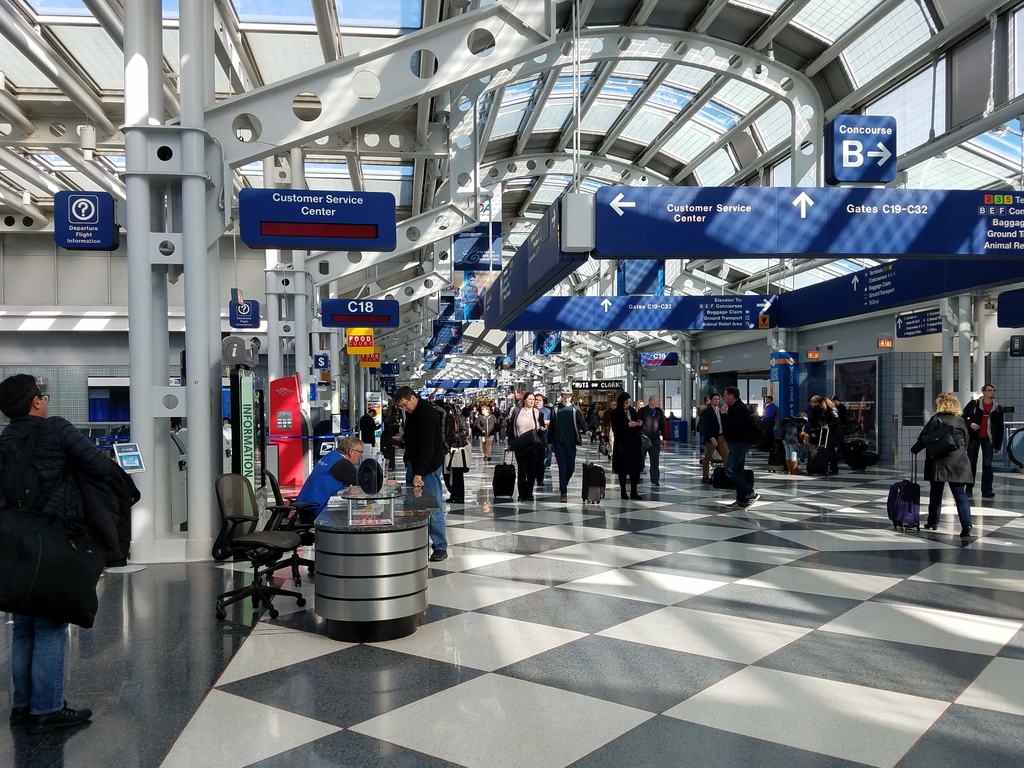
United Is Growing In Chicago And Trying To Bury American
United appears to revel in beating American. Their CEO used to be American’s President before being fired.
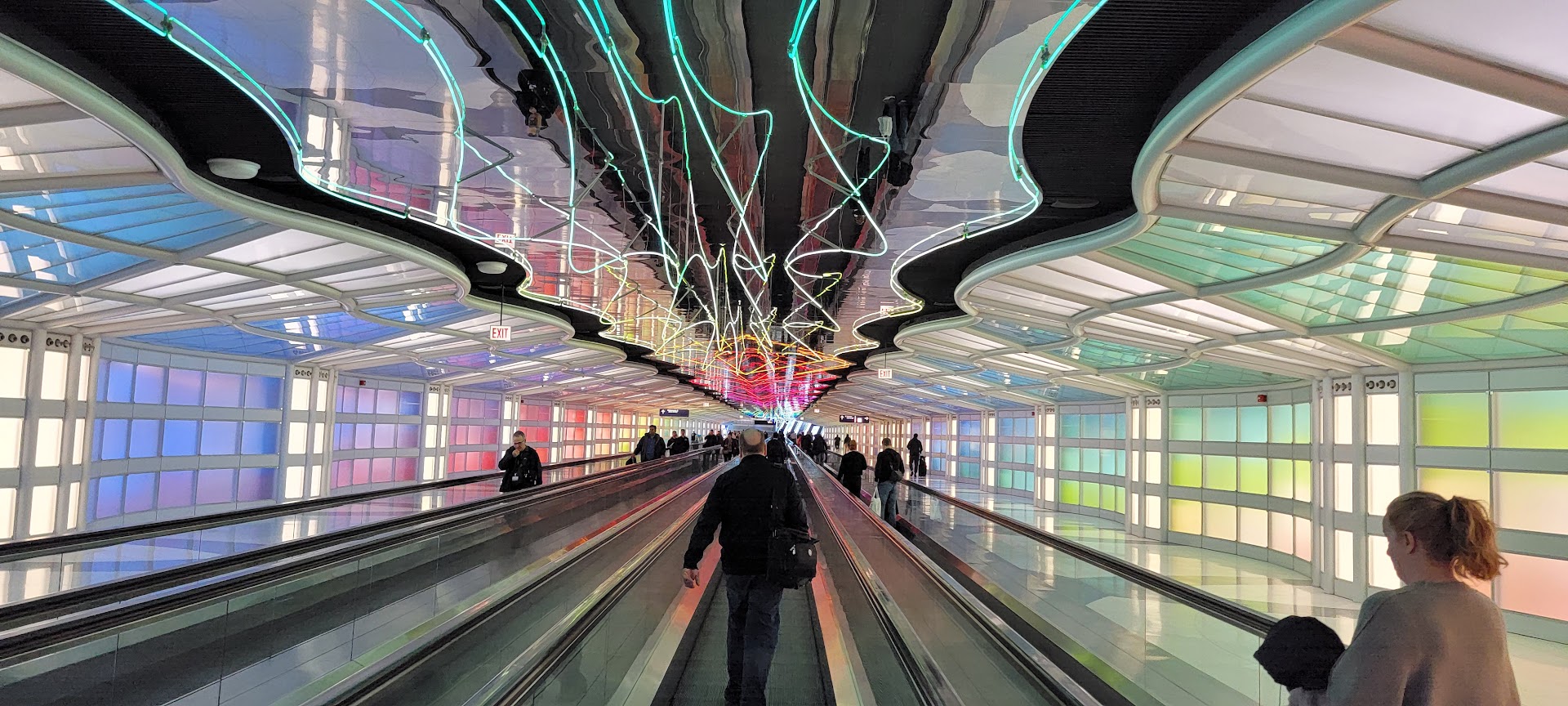
United Airlines Chicago O’Hare
American’s Vice Chair and Chief Strategy Officer Steve Johnson conceded during last month’s earnings call that “we’ll probably always be second place in Chicago.” American has largely been ignoring Chicago in recent years, though in the face of the gate determination they announced a big ramp up in flying.
- American contends the city is breaching a clear contractual timeline and seeks an injunction blocking any gate moves until at least 2027.
- Chicago’s Department of Aviation maintains “the conditions for a gate redetermination … have been met.”
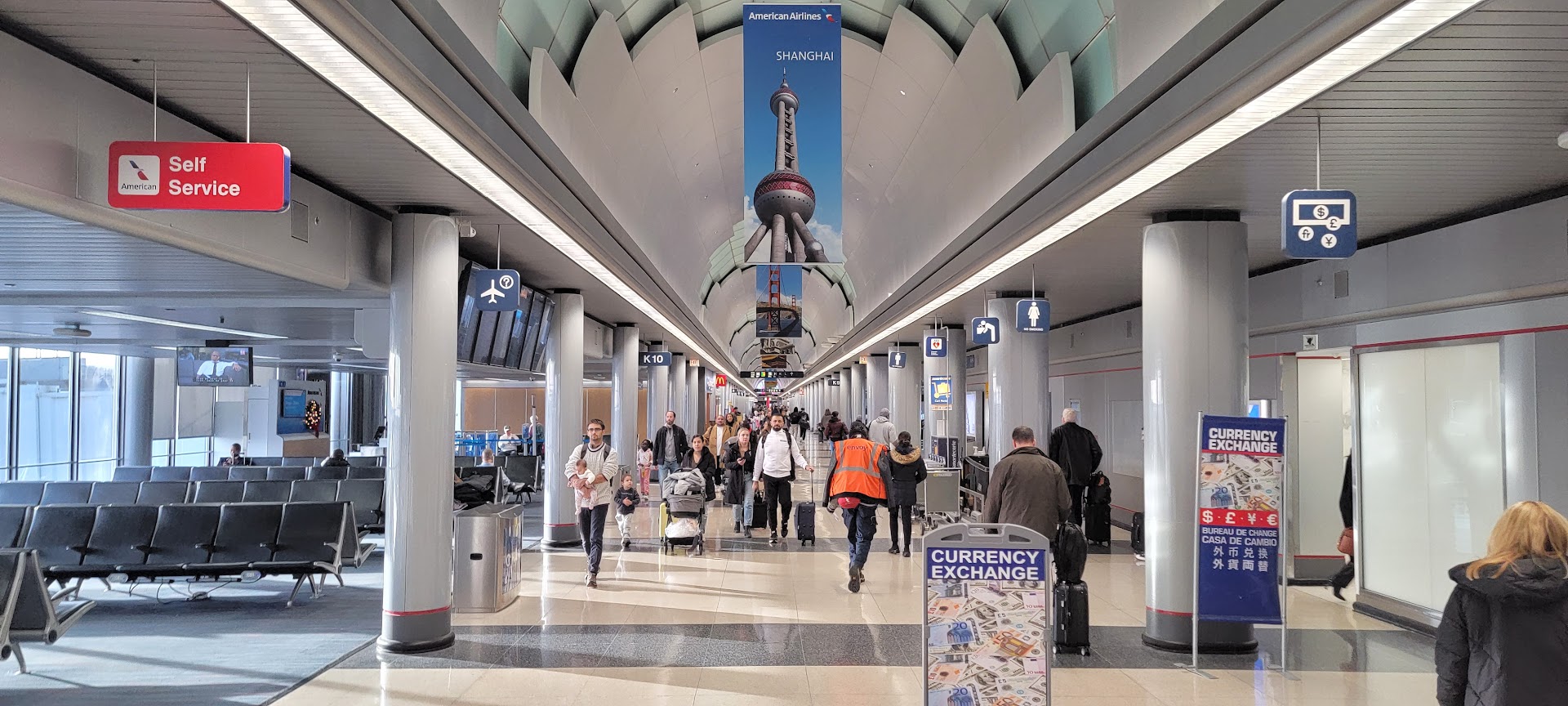
American Airlines Chicago O’Hare
| Carrier | Preferential gates today | Share of total gates | 2024 departures (000s) |
| United | 88 | ~40 % | 256 |
| American | 71 | ~30 % | 176 |
After the city’s proposed shift, United won’t control half the airport’s gates – but it provides an 18‑gate advantage and gives United contiguous space in Terminal 1
The American Airlines Legal Case
American’s arguments over the 2018 Airline Use and Lease Agreement:
- § 5.3.2 says the City “shall not initiate the next annual redetermination of Gate Space until April 1 of the year following the end of the Gate‑Space Ramp‑up Period,” which itself cannot start until gate assignments match Exhibit D‑1.3 and stay in place for 12 months (§ 5.2.4). Exhibit D‑1.3 includes three new L‑Stinger gates in Terminal 3.
- The last L stinger gate opened March 14, 2025, so the ramp‑up ends March 14, 2026 and any redetermination can’t be started before April 1, 2027. Chicago began this – using 2024 data – in February 2025.
- And they make a common law claim over a covenant of good faith and fair dealing, ironically something they at one point expressly disclaimed as an obligation to customers in the AAdvantage program.
American is seeking an injunction, claiming the city exercised its contractual discretion “arbitrarily, capriciously, and for United’s benefit.”
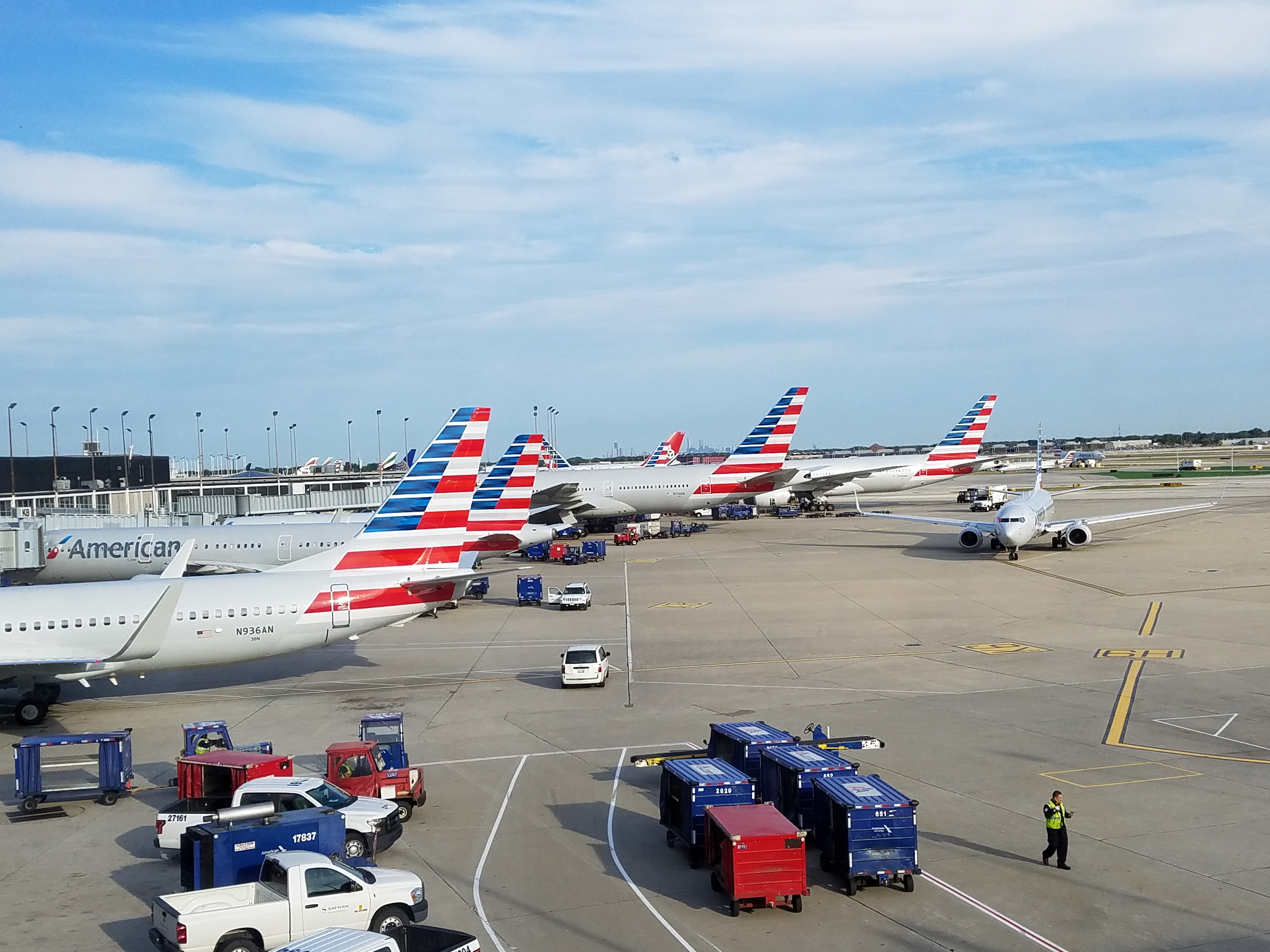
American Airlines Chicago O’Hare
American’s Case Is Reasonably Strong – But Not A Slam Dunk
I’m not a lawyer or deeply familiar with the documents at issue, so I offer this in a tentative manner and look forward to contributions from readers more familiar with this area. However,
- Textual clarity favors American. The two interlocking clauses (§ 5.2.4 and § 5.3.2) plainly defer any redetermination until the Ramp‑up period ends and an entire calendar year has passed. Because Exhibit D‑1.3 expressly shows the three L‑Stinger gates, American’s timeline fits the literal language.
- During 2018 negotiations the City’s chief negotiator confirmed in writing that the ramp‑up clock would not start until all three gates were functional. Illinois courts allow such e‑mails to resolve latent ambiguity. And allegations of “back‑room deals” with United provide a narrative that can weigh in equitable‑relief.
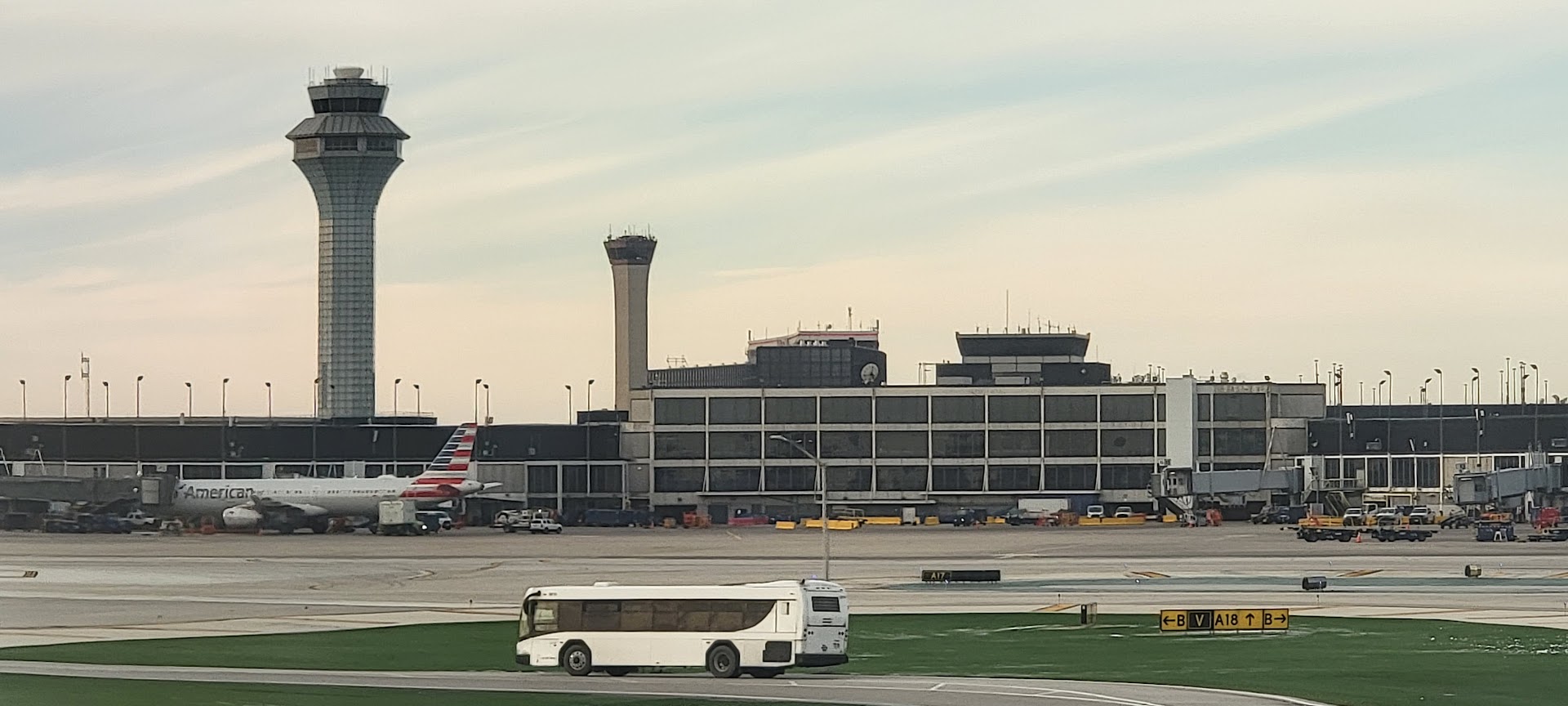
Chicago O’Hare
American’s position seems reasonably strong, but it’s hardly a slam dunk.
- The city will argue the ramp‑up began earlier (e.g., when two of the three gates opened) so the 12‑month clock has already run.
- They’ll claim “such assignments” in § 5.2.4 refers only to Delta’s relocation into T‑5, not the L‑Stinger gates, making March 2024 (not 2026) the end date, and they’ll argue that email assurances can’t supplement the meaning of the document.
- Finally, they’ll argue that re-allocating underutilized gates benefits passengers, although I’m not sure this actually supports giving more gates to United – and that any damages should be in the form of a monetary judgment (i.e., they’re compensable) rather than injunctive relief.
American is on solid ground, but a court could buy an alternative start date for the ramp up. And winning the timeline is the linchpin for an injunction.
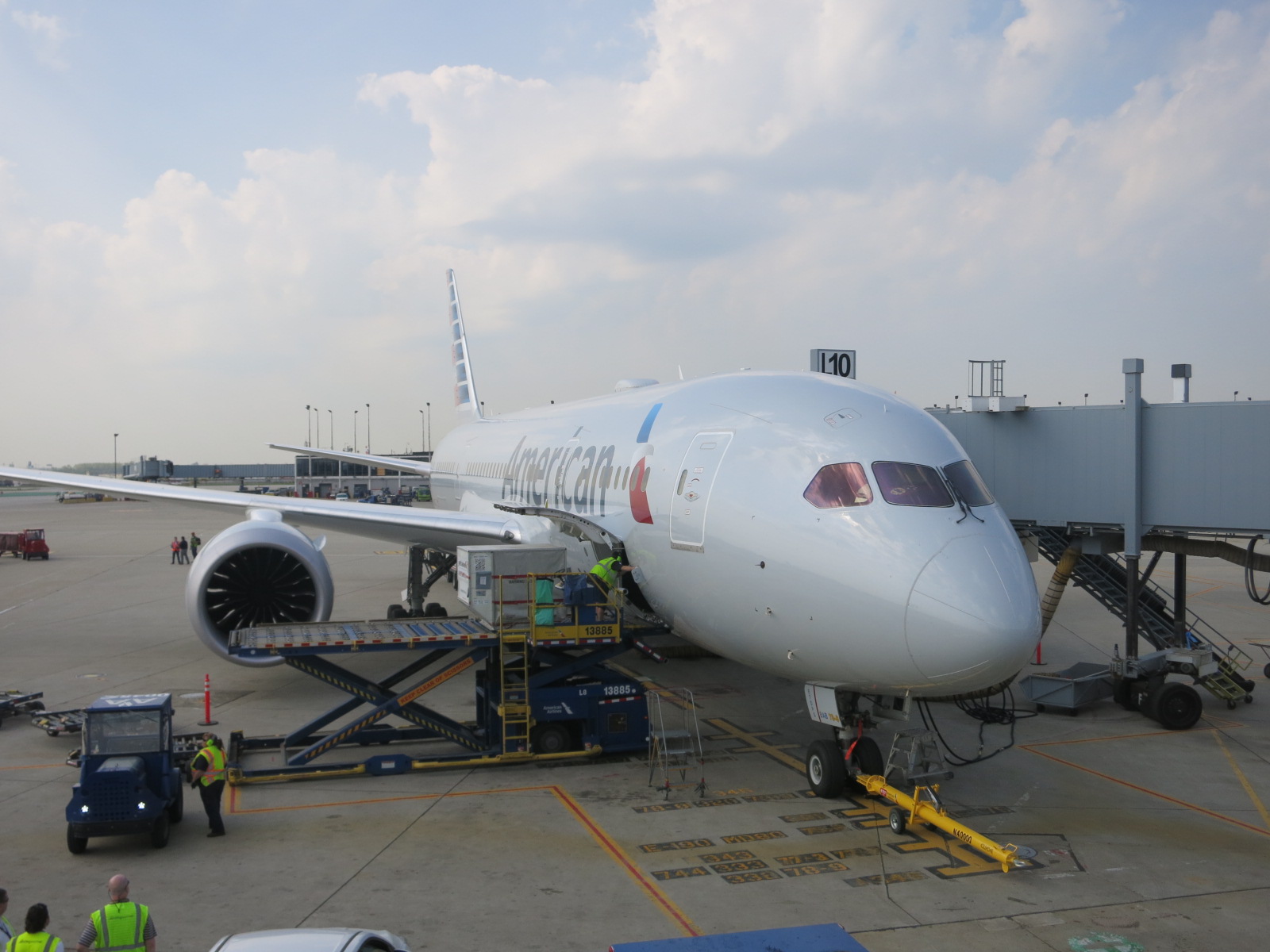
American Airlines Boeing 787-8 at Chicago O’Hare
What Should A City Actually Do?
Gates should be ‘use it or lose it’ simce the purpose of a gate is to facilitate flying and that’s what the airport is there for. But the best mechanism to accomplish this isn’t a formula that says ‘give more gates to the dominant carrier’ – the goal should probably be to grow total capacity and to have more competition. That’s true at DFW also and by the way probably everywhere except Charlotte where that city genuinely benefits from a much larger air operation than they could support otherwise.

The Only Good Thing About Chicago O’Hare
A better regime might allow the airport to negotiate gates for most service, e.g. a commitment to fly a certain number of added departures with penalties for failing to do so in exchange for gate leases. I don’t love gate squatting.


They will be suing United again too regarding a JetBlue/United partnership.
go for it, AA.
a contract is a contract
Best way to build a relationship is business is to sue your business partner, blaming them for things you had a hand in.
Two lawsuits by AA in 2 weeks. Not a good look, AA.
Parker
Delta sued the City of Dallas over gate access at Love Field, the case went to the federal appeals court and DL has a gate of its own at Love Field.
Sometimes you have to stand up for yourself or get run over.
If the facts Gary presents are correct, AA should be able to succeed at holding off the gate redistribution.
A general principle in business is that if you are suing a lot then you are losing. While sometimes necessary as a last resort, lawsuits tend to flare tempers and ruin relationships for a long time (both personal and business). They are a “bridge burning” event. Good luck to AA in trying to make future deals.
AA’s clearly litigious culture and “respect-my-authority” flight attendants reflect a company increasingly bereft of goodwill, the ability to negotiate in a friendly manner, or good organic strategic options. The AA-AS partnership was a brilliant move for which AA management deserves credit, but other than that AA is seemingly struggling from top to bottom (albeit not as severely as the ULCCs).
Speaking of “a better regime,” perhaps, if AA wants to win this case, all they actually have to do is pay the bri… I mean, ‘gratuity’ …to our god-king, and he can personally threaten the judge (and his or her family) to find in their favor (or else!), regardless of the merits of their case. Oh, wait, you say, ‘the rule of law should still exist’ after all? Interesting. So, like, keep the independent judiciary? Hmm. Fascinating. Yes, I’d agree, but here we are anyway, and it’s not looking great, unless you are well-connected and have obscene wealth. Oh, you say, it’s always been that way. (Not sure about that, but, if you say so, I can see how it could seem that way with all the inequity.) Now, what are we gonna do about all that? Oh, not much. Nice. Welp. Good luck, AA! Tell it to the judge while you still can!